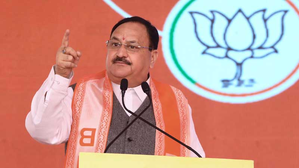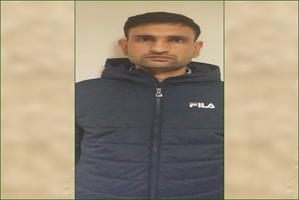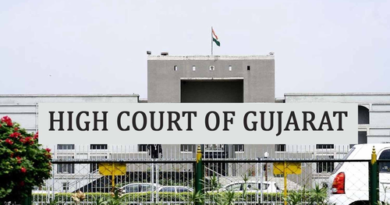Pran Pratishtha fuels BJP’s electoral momentum in Gujarat ahead of LS polls
BILKULONLINE
Gandhinagar, Jan 27 : The recent ‘Pran Pratishtha’ ceremony at the Ram temple in Ayodhya has sparked a political and social ripple effect, particularly in Gujarat, where the BJP is leveraging the event to consolidate its position ahead of the forthcoming general elections this year.
Soon after the consecration ceremony, BJP National President JP Nadda, while inaugurating the election office in Gandhinagar, underscored the party’s achievements under Prime Minister Narendra Modi.
Nadda cited a substantial poverty reduction in India, with reports from the IMF and NITI Aayog supporting this claim.
He emphasised that the BJP’s continued governance was essential for fulfilling Modi’s vision of eradicating poverty.
The BJP’s campaign strategy in Gujarat is multifaceted, focusing on economic achievements and social, religious and cultural aspects.
The inauguration of election offices across all 26 Lok Sabha constituencies in the state indicates the party’s commitment to a robust electoral presence.
Nadda’s mention of the Pradhan Mantri Awas Yojana, which aims to provide quality housing for all, highlights the party’s focus on welfare schemes.
Another significant development was the induction of around 1,500 former leaders and members from the Congress and other parties into the BJP, a move that strengthens the saffron party’s position in Gujarat.
This influx of new members, which includes notable figures like Indrajitsinh Thakor and Vipul Patel, indicates a strategic consolidation of support for the BJP.
The BJP’s narrative around the construction of the Ram temple plays a pivotal role in their political strategy.
Gujarat BJP chief CR Patil emphasised Modi’s commitment to social harmony, suggesting that the peaceful construction of the Ram temple exemplifies national unity and cultural pride.
The BJP’s ideology of ‘Vasudhaiva Kutumbakam (the whole world is a family)’ welcomes members from various political backgrounds, indicating a broad-based approach to the party’s expansion and inclusivity.
This strategy appeals to a broader electorate, transcending traditional party lines.
In contrast, the Opposition’s response to this narrative is not explicitly outlined in the State due to a lack of leadership, internal conflicts in the Congress party, and the resignation of party members.
The impact of the Ram temple and the associated cultural symbolism on the BJP’s prospects in Gujarat and other states is likely to be significant.
The temple’s construction has long been a cornerstone of the BJP’s cultural and political agenda, resonating deeply with a large section of its support base.
In Gujarat, a state with a strong BJP presence, this could further bolster the party’s chances in the forthcoming elections.
Overall, the BJP’s strategy in Gujarat post-‘Prana Pratishtha’ appears to be a blend of highlighting developmental achievements, cultural pride, and a broad-based political approach.
This strategy, coupled with the emotive appeal of the Ram temple, could strengthen the BJP’s position in the forthcoming Lok Sabha elections.



